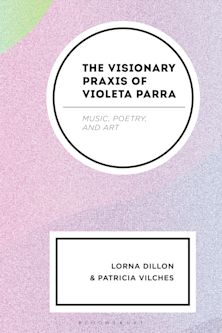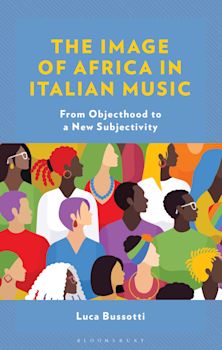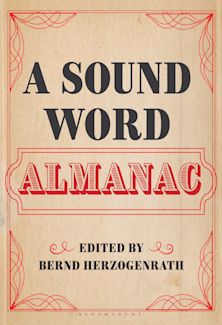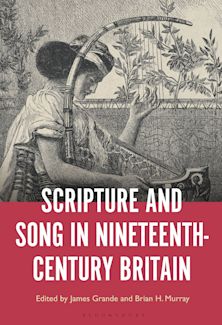- Home
- ACADEMIC
- Music & Sound Studies
- Music and Culture
- Music Education at Oberlin Conservatory
Music Education at Oberlin Conservatory
Payment for this pre-order will be taken when the item becomes available
- Delivery and returns info
-
Flat rate of $10.00 for shipping anywhere in Australia
You must sign in to add this item to your wishlist. Please sign in or create an account
Description
This work serves as an exemplary case study on the evolution of music education in the US from 1833-2017 through the history of the Oberlin Conservatory.
While nominally the history of music education at Oberlin, this book also illustrates changing views and values related to music, evolution of musical taste, and its place in society. The history of teacher education writ large, particularly in terms of qualifications and teacher certification requirements, is also a core part of this in-depth narrative.
The Oberlin Conservatory is allegedly the first institution in the United States to offer a Bachelor of Music Education degree, beginning in 1922. Music forms a part of Oberlin almost from the institution's inception in 1833, through choral singing as a part of worship services. Following the conservatory from its nascent days as a musical institution, where choral singing was a part of worship services, to the influence of Mendelssohn's Leipzig Conservatory to the development of a bachelor's degree in music education, through the institution's golden age and subsequent evolution through social, political, and educational changes, and finally onto the program's decline in enrollment and institutional support.
This unique study of music education is institutionally specific but with broader implications for the value and importance of music education in contemporary higher education curricula as well as society at large.
Table of Contents
List of Tables
Acknowledgements
1. Introduction
2. Music at Pre-Conservatory Oberlin: 1833 – 1865
3. Founding of the Conservatory and its Early Growth: 1865 – 1884
4. The Birth of Music Education as Oberlin Enters the 20th Century: 1884 – 1907
5. Karl W. Gehrkens Transforms the “Discard Heap:” 1907 – 1917
6. The Three-Year Certificate and Bachelor of School Music: 1917 – 1922
7. The “Golden Age” of Music Education at Oberlin: 1922 – 1942
8. From World War II to Salzburg: 1942 – 1964
9. A Time of Transition and Unrest: 1964 – 1970
10. Radical Curricular Change, Radical Social Change: 1970 – 1983
11. Rebuilding, Stability, and Death: 1983 – 2017
12. Summation and Reflection on 116 Years of Music Education
Appendix – List of Oberlin Music Education Alumni
Index
Product details

| Published | 11 Jun 2026 |
|---|---|
| Format | Hardback |
| Edition | 1st |
| Extent | 312 |
| ISBN | 9798765159248 |
| Imprint | Bloomsbury Academic |
| Dimensions | 229 x 152 mm |
| Publisher | Bloomsbury Publishing |



































